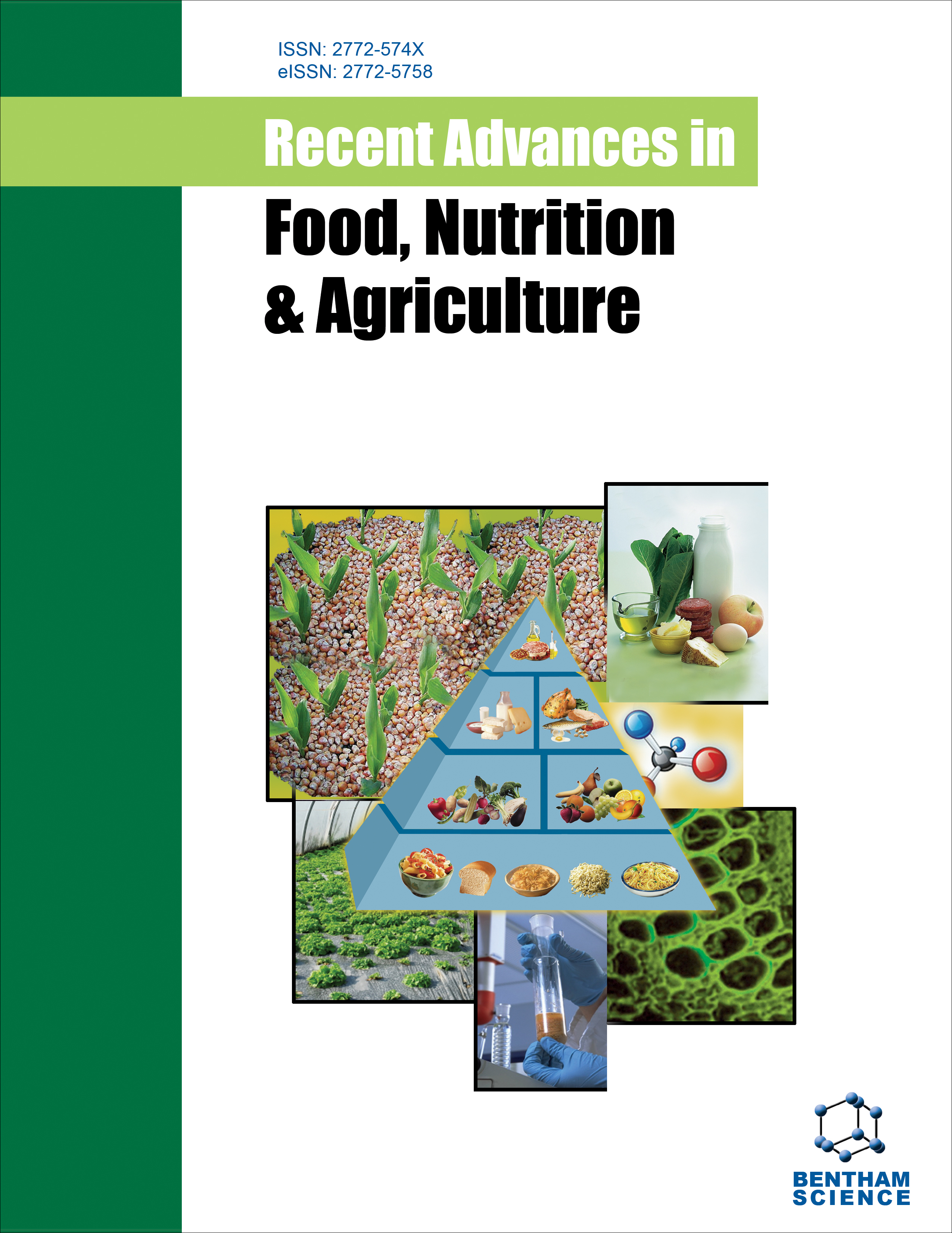
Full text loading...
We use cookies to track usage and preferences.I Understand

The yellow pigment curcumin has long been used in traditional medicine for its anti-inflammatory, antibacterial and antioxidant activities. Over the past half-century, scientific investigations have shown that curcumin is endowed with additional health benefits because it can modify key molecular targets associated with a number of pathologies, such as diabetes, cancer, and arthritis, in addition to cardiovascular, multiple sclerosis, Alzheimer's, and Crohn's diseases. However, this molecule has several disadvantages, such as low bioavailability and solubility, severe oxidative destruction, light sensitivity, fast systemic clearance and breakdown at alkaline pH levels. To address these drawbacks, several methods of microencapsulation employing a variety of shell materials have been investigated. These techniques contributed toward the increase of curcumin's solubility and stability against heat, light, oxygen, and an alkaline pH. The various shell materials and methods used to microencapsulate this chemical are the main topics of this review. The use of microencapsulated curcumin in food, medicine, and cosmetics is also discussed in more detail. Recent relevant research from the last few years has been given in this area, along with future difficulties.

Article metrics loading...

Full text loading...
References


Data & Media loading...